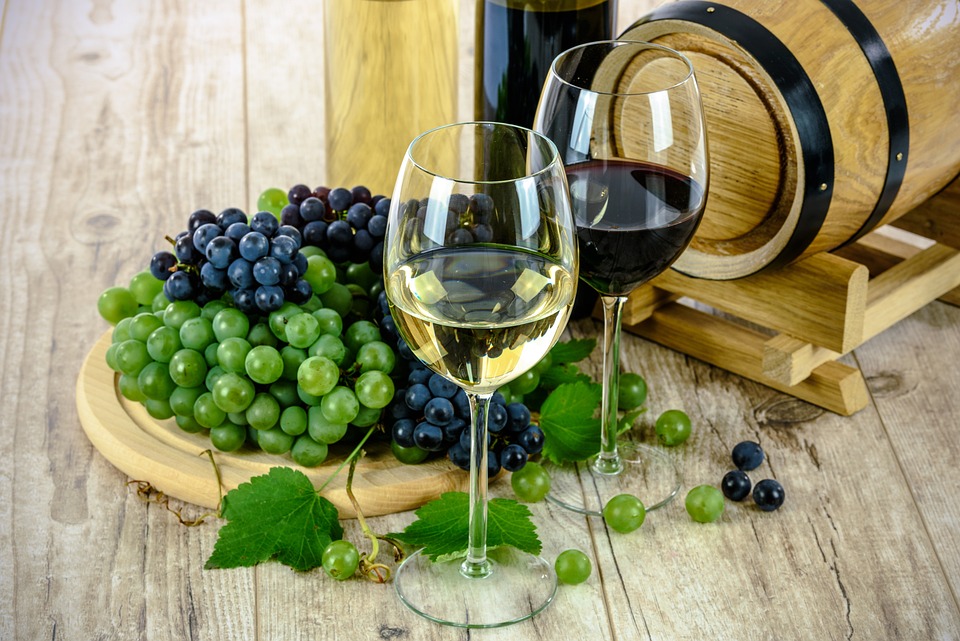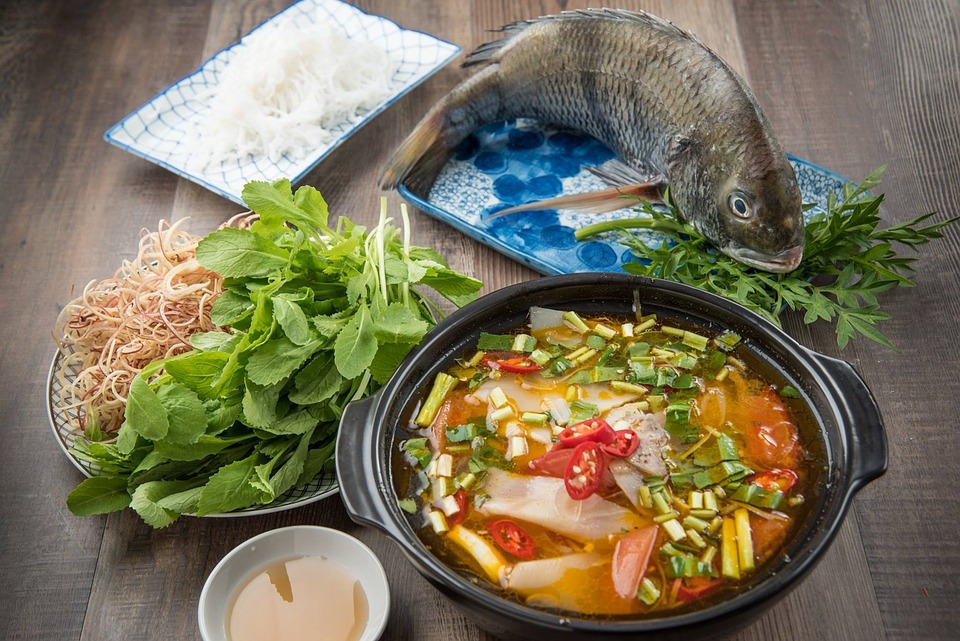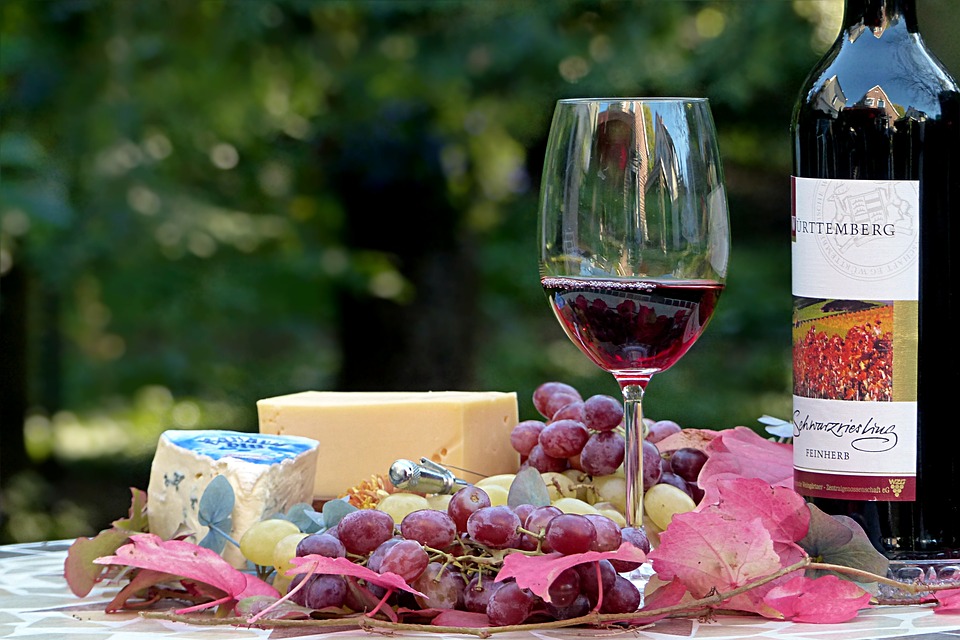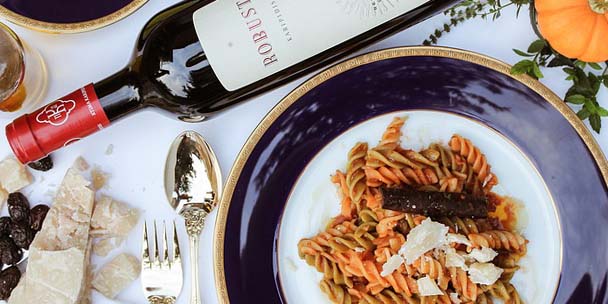Table of Contents
If you’re not much of a wine buff, you might find choosing the best wine for cooking to be something of a minefield.
While grabbing a bottle from the cooler is relatively straightforward. If you know what you like, it’s a simple case of sticking with that.
When it comes to cooking with wine, though, it’s a little more complex. Today we’ll clear up some of the confusion for you.
We’ll take a look at some of the various dedicated cooking wines you could use. We’ll also explore regular wines you can use instead.
First, though, does color matter?
Can You Use Red Instead of White?
This is easily answered and it’s a big no-no.
Red wine is far more tannic than white. Tannins are naturally occurring compounds called polyphenols that gives some wines a characteristic dryness.
With white wine, you’ll be able to reduce it a lot more when cooking. You can get rid of the vast bulk of the liquid without any bitterness.
So if the recipe is calling for red, don’t try to slip in a white instead.
We’ll take a look now at the various broad categories of cooking wine…

Types of Wine for Cooking
The only real difference between wine intended for cooking and drinking is in the quality…
While cooking wine obviously does the job, if you use regular drinking wines, you’ll generally get better results due to the elevated quality.
With cooking wine, the alcohol has already been removed which is something you can do anyway while racking up your meal. Beyond this, cooking wine tends to come packing more salt and more additives.
- Dry Red Wines
- Dry White Wines
- Dry Oxidized Wines
- Sweet Oxidized Wines
- Sweet Fortified Red Wines (Port)
- Sweet White Wines
- Rice Wine
Dry Red Wines
Dry red is a standard drinking wine which turns bitter very rapidly. For this reason, you shouldn’t reduce a red by more than 50% when cooking.
A smart bet with these wines is to choose one for cooking that will also be nice to drink with your meal. There’s no right or wrong answer here. Personal taste and budget will dictate your choice.
Best For: Bourguignonne sauce, wine reduction sauce, beurre rouge

Dry White Wines
As with using a dry red, with dry white wines you can just roll with a bottle you enjoy drinking. Again, how much you want to spend and what you really enjoy mean it’s very subjective.
Whether you are partial to a Sauvignon Blanc or a Riesling, a Chardonnay or Pinot Grigio, simply stick with your favorite tipple or experiment in the hope of finding something you grow to like even more.

Best For: Soups, cream sauces, mussels, clams and deglazing your pan
Dry Oxidized Wines
With oxidized wines, you need to be more specific in your selection. Tastes differ so widely that each given wine will dramatically alter the taste of your dish.
Wines in this category tend to have a higher alcohol content. This helps to impart a richer and deeper taste.
If you opt for one of these wines to cook with, you’ll be able to keep them once opened for a month or more. Storing them in the fridge will prolong their lifespan still further.
Marsala, Vermouth and Dry Sherry are all well worth giving a try if you want to add some real depth to your meal.
Best For: Use with halibut, bream or shrimp. These wines also work well for gravies
Sweet Oxidized Wines
Aged wine, you’ll be able to reduce this variety slightly. As with dry oxidized wine, this will last for at least a month if refrigerated.
Whether you want your bottle aged 10 years or half a century, you can use sweet nutty wines to make a marvelous caramelized sauce. Get creative and give your desserts a real zing.
Best For: Nutty desserts and ice cream
Sweet Fortified Red Wines (Port)
Port has a sterling reputation for bringing out the very best in sauces and syrups. It’s just as tasty used to cook with as to sip from a small glass after dinner.

Whether you want to try some Ruby Port for a cheap entry point or some pricier Vintage Port to enhance that special occasion steak, sweet fortified wine keeps for a couple of months once opened giving you plenty of mileage from a bottle.
Best For: Chocolate cakes, chocolate sauces, reduction syrups, sauces for steak
Sweet White Wines
Sweet whites are highly acidic with a very subtle flavor.
Versatile in the extreme, sweet white wine can be used for anything from desserts to seafood.
More volatile than red wine, once opened you should ideally polish off the bottle on the same day. The light and air will spoil it if it’s left hanging around.
Sauternes and Sweet Riesling are among the most popular options if you’re looking for a sweet white wine. Again, we stop short of making ultra-specific recommendations due to personal taste and budget being instrumental.
Best For: Butter sauces, sweet sauces, poaching pears
Rice Wine
Chinese rice wine is not technically a wine despite the name. This is most commonly used to add some acidity to a stir-fry.
Mirin, or Japanese rice wine, can be enjoyed as an aperitif or used for cooking.
Rice wine is tailor-made for a range of glazes and complements Asian BBQ sauce.
Best For: Glazes and marinades, BBQ sauce
A Final Word
We trust you’ve enjoyed this look at which wines will serve you well in the kitchen and add an extra dimension to your recipes.
As we mentioned more than once, this was not intended as an ultra-specific list with accompanying recipes. How much you want to spend and what kind of food you enjoy dictates your choice to a large degree. When wine is suggested in a recipe, you’ll generally be directed to a suitable bottle.
Drop us a line if you have any questions or feedback at all.
Come back soon for more hints and tips for all aspects of your home and garden!
Subscribe & Get The Latest News
Looking for similar reviews? Check these out:
No related posts.
